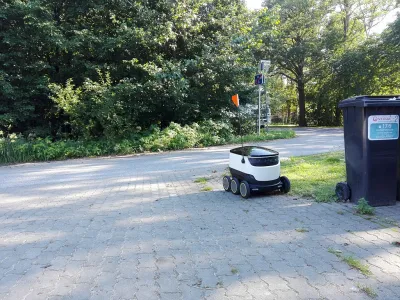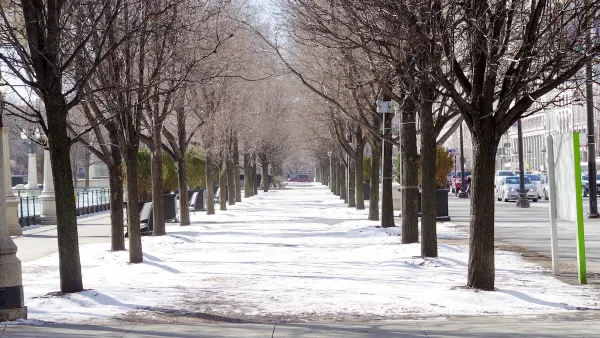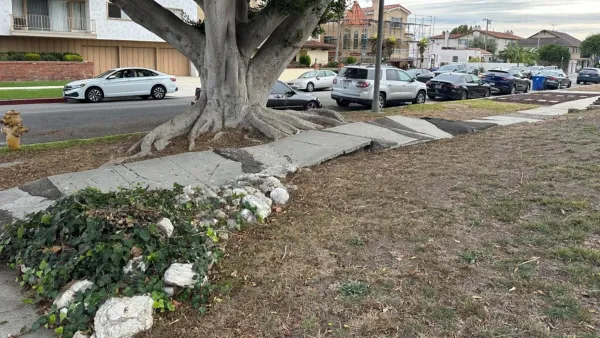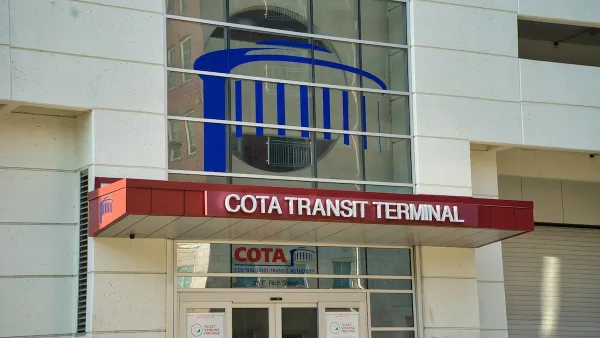Since 2017, 32 bills regulating or permitting "personal delivery devices"—sidewalk robots—have been introduced in 27 states.

In the era of two-day, same day, and even 30-minute delivery options for everything from toothpaste to wedding dresses, we tend to envision the world of increasingly rapid delivery as powered by drones that take to the air and drop orders off much the way that fictional storks deliver babies—right at your doorstep. However, chances are that—at least in the more immediate future—our deliveries are going to come to us in a more familiar way: by ground.
Often casually referred to as sidewalk robots, these “personal delivery devices” are electrically powered devices designed to deliver cargo locally. They’re equipped with automated driving technologies that allow them to operate with or without the remote support or supervision of a human. The products of companies spearheading the technology, like Starship and Amazon have devices that consist of a container on wheels that weigh in at roughly 100 pounds unloaded and roam at a pace of around one to three miles per hour. FedEx has a delivery robot as well—it’s a bit larger, heavier, and faster, rolling along at up to 10 miles per hour. Since 2017, 32 PDD bills have been introduced across 27 different states. Twenty one states have passed laws legalizing the use of at least some of these delivery robots on sidewalks.
But all these delivery robots move through the same pedestrian spaces that people do — think sidewalks, bike lanes, and crosswalks. They’ll be interacting with everything from people, dogs, people who use mobility devices, cyclists, cars, scooters, children, and more. While they may offer innovative deliveries of the future, Michael Clamann, a senior human factors engineer at the University of North Carolina’s Highway Safety Research Center who focuses on safety and federal legislation, has concerns surrounding the safety of PDDs, particularly when it comes to crash reporting and responsibility.
FULL STORY: Are Robots Coming to a Sidewalk Near You?

Analysis: Cybertruck Fatality Rate Far Exceeds That of Ford Pinto
The Tesla Cybertruck was recalled seven times last year.

National Parks Layoffs Will Cause Communities to Lose Billions
Thousands of essential park workers were laid off this week, just before the busy spring break season.

Retro-silient?: America’s First “Eco-burb,” The Woodlands Turns 50
A master-planned community north of Houston offers lessons on green infrastructure and resilient design, but falls short of its founder’s lofty affordability and walkability goals.

Test News Post 1
This is a summary

Analysis: Cybertruck Fatality Rate Far Exceeds That of Ford Pinto
The Tesla Cybertruck was recalled seven times last year.

Test News Headline 46
Test for the image on the front page.
Urban Design for Planners 1: Software Tools
This six-course series explores essential urban design concepts using open source software and equips planners with the tools they need to participate fully in the urban design process.
Planning for Universal Design
Learn the tools for implementing Universal Design in planning regulations.
EMC Planning Group, Inc.
Planetizen
Planetizen
Mpact (formerly Rail~Volution)
Great Falls Development Authority, Inc.
HUDs Office of Policy Development and Research
NYU Wagner Graduate School of Public Service




























